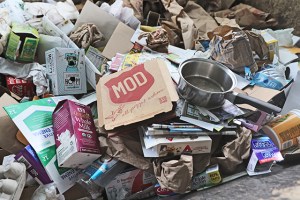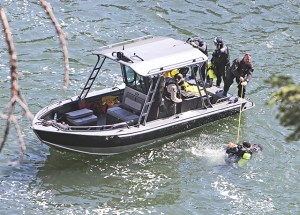Play the right golf balls in winter
Published 4:00 am Wednesday, November 12, 2008

- Web site for OGA gets an update
Baseball players and golfers know the feeling well.
Lovers of the national pastime hit a fastball in cold weather just off the sweet spot of the bat, and a painful throbbing shoots through their hands.
Trending
Golfers hit a ball thin and experience that same dreaded stinger.
It hurts, but anybody who chooses to play in sub-freezing weather a sport better suited for 80 degrees must suffer SOME consequences.
Those who choose to play golf in less-than-ideal conditions might take a little of that pain away by choosing the correct golf ball.
As I have written before, cold-weather golfers are generally better off playing a low-compression golf ball, such as a Nike Karma or a Callaway Big Bertha, rather than a higher-compression ball, such as a Nike One Black or a Titleist Pro-V1.
But don’t take it from me.
I asked Yutaka Kabeshita, the product development manager for Nike golf balls, for some guidance.
Trending
“The lower-compression balls tend to have better feel and may be more playable than the higher-compression balls in colder weather,” Kabeshita says.
It is not necessarily about performance.
In fact, Kabeshita says that lower- and higher-compression golf balls have roughly the same cold-weather coefficient of restitution, which according to the Web site About.com is a percentage that measures a ball’s speed off the club face divided by the speed at which it strikes the club head.
To put it more simply, in cold weather a lower-compression ball comes off a club face at roughly the same speed as a higher-compression ball using the same swing.
High-compression balls typically have softer, urethane covers for better spin, control and feel for the hard and fast greens normally found under ideal conditions, Kabeshita says.
But unless a golfer can swing a club at more than 100 miles per hour — which in general only highly skilled golfers can do — he or she will have a difficult time hitting the ball hard enough to compress the ball.
And that can be hard on the hands.
Lower-compression balls better match the typical winter conditions in Oregon, while at the same time sparing a golfer from searing pain on a mis-hit.
“Rain and snow during the winter months leaves the course wet and damp,” Kabeshita says. “This robs driver distance and places a premium on carry rather than roll. In general, a lower-compression, high-trajectory ball such as the (Nike) One Vapor or Karma is an excellent (wintertime) choice.”
One upside is that lower-compression balls tend to be less expensive, no matter the brand, compared with their high-compression siblings.
But golfers should not expect to hit the ball the same distance in cold weather as they would on a sunny, warm Central Oregon day, no matter what golf ball they choose to play.
Cold temperatures could mean as much as a club difference in particularly chilly weather.
“COR (coefficient of restitution) decreases with decreasing temperature,” Kabeshita says. “At 40 degrees Fahrenheit, you can expect around 95 percent COR versus when at 72 degrees.”
To get the most out of any ball, golfers should store those valuable white pills properly.
Even golfers who choose to sit out the winter, should store their golf balls inside their home.
“For long periods, it is best to store balls at room temperature,” Kabeshita says. “Avoid temperature extremes such as leaving the ball in the trunk on hot summer days or outside during the winter.”
If a golf ball is left out in cold weather, or in an unheated garage, it tends to harden.
In extremely hot temperatures, a ball’s cover could deform.
If you are paying, say, $45 for a dozen high-end, high-compression golf balls, you might want to protect your investment.








